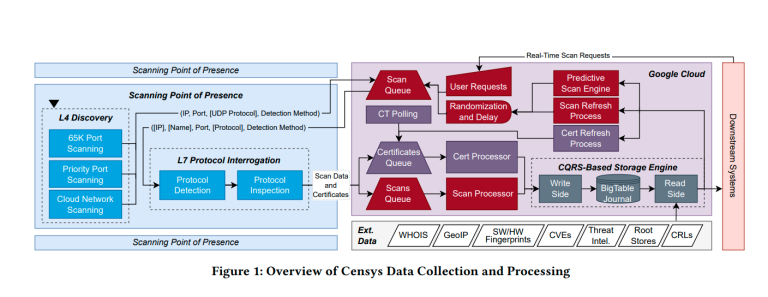
Qualcomm has announced a partnership with telecom operator Vodafone and electrical assembly manufacturer Thales to jointly develop, manufacture and integrate new iSIM card technology. iSIM card technology is an upgraded version of eSIM card technology, in which eSIM technology requires the use of a separate chip that is pre-installed in devices such as smartphones. While iSIM card technology does not require a separate chip, this technology allows electronic number card technology to be directly integrated into the processor and is compatible with eSIM technology. Qualcomm said that iSIM card technology is a major evolution of existing eSIM card technology solutions, and the new technology will bring huge benefits to consumers and communication operators.

Qualcomm’s goal is to use new technology to pave the way for mobile services to be integrated into devices other than phones, including laptops, tablets, IoT devices, and more. “iSIM solutions offer great opportunities to MNOs, free-up valuable space in devices for OEMs, and provide flexibility for device users to benefit from the full potential of 5G networks and experiences across a wide range of device categories,” said Enrico Salvatori, senior vice president and president, Europe/MEA, Qualcomm Europe. “Some of the areas that will benefit most from iSIM technology include smartphones, mobile PCs, VR/XR headsets, and industrial IoT. By engineering the iSIM technology into the SoC, we are able to create additional support for OEMs in our Snapdragon platform.”
With iSIM technology, these devices can easily connect to the network. iSIM technology is GSMA compliant and can provide a higher level of integration, and the technology is compatible with the existing eSIM and can be remotely upgraded by operators.
“Our aim is to create a world where every device connects seamlessly and simply to each other, and the customer has complete control,” said Alex Froment-Curtil, chief commercial officer at Vodafone.
“The iSIM, combined with our remote management platform, is a major step in this direction, allowing devices to be connected without a physical SIM or dedicated chip, making connectivity to many objects – the promise of the connected IoT world – a reality. It will enable our customers to enjoy the ease of multiple accounts on one device, while from an operator’s point of view, help eliminate the need for separate SIM cards and the additional plastic this consumes.“






